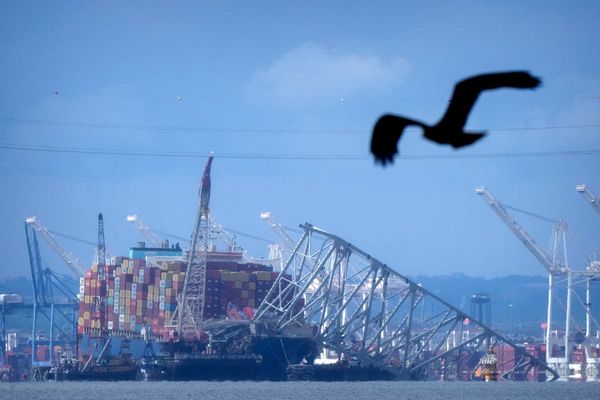
The Department of Defence was advised more than 40 years ago to stop using PFAS-laden fire fighting foam because of its damaging environmental impacts.
The extraordinary revelation is contained in the upcoming Stan documentary Revealed: How to poison a planet about the catastrophic global impacts of Per-and Poly-Fluoroalkyl Substances (PFAS).
Evidence of Defence's knowledge of the dangers of PFAS is contained in a 1981 document uncovered during the making of the documentary.
Sydney Morning Herald and former Newcastle Herald journalist Carrie Fellner, whose work features prominently in the documentary, said the document showed Defence was warned that PFAS contaminated fire fighting foam from its Wreck Bay base near Jervis Bay was flowing towards the nearby community.
"They were warned the situation was environmentally unacceptable and should be stopped," Fellner said.
Defence did not begin to phase out the use of PFAS fire fighting foam at bases across Australia until 2004.
The Newcastle Herald broke the story about the devastating impact of PFAS contamination on and around the Williamtown RAAF base on September 4, 2015.
Fellner worked on two Walkley award-winning investigations Foam and the Fury and The Sorry of Cabbage Tree Road between 2016 and 2017 as part of the Herald's ongoing coverage of the Red Zone PFAS contamination scandal.
Fellner said she was shocked that Defence's historic inside knowledge about the dangers of PFAS was still being uncovered.
"To me, it was such a shock finding out so late in the piece about these internal communications that Defence we're having so long ago," she said.
"The Newcastle Herald has explored the situation so thoroughly and comprehensively, and yet, crucial parts of the puzzle are still emerging."

"All those times when Defence bureaucrats were being grilled in Parliament and press at conferences and there were no admissions at all about how far this went back."
In recent years, Fellner's work has focused on the devastating impact of PFAS contamination on the Indigenous community of Wreck Bay.
As she did with her reporting on Williamtown, she has revealed devastating sickness and death in the village, which is next to a Defence base
Wreck Bay and Williamtown are among communities across the world that are featured in Revealed: How To Poison A Planet.
The documentary features Oscar-nominated actor Mark Ruffalo, environmental lawyers Rob Bilott and Ned McWilliams and trial lawyers Gary Douglas and Rebecca Newman.
It follows Douglas and his team as they prepare to take on a global chemical company 3M in what was said to become one of the largest environmental contamination cases in American history.
The team unveils what they allege the company knew for decades about their man-made "forever chemicals", which have contaminated drinking water, the environment and people all over the world.
The Australian Defence Department has paid out more than $366 million to settle class action lawsuits over its use of PFAS fire fighting foam since 2020.

This included $86 million to 500 Red Zone residents who participated in a 2020 class action against the federal government for property devaluation associated with PFAS contamination.
"The problem with the settlements that have been made to date is they don't address the impacts of the health effects," Fellner said.
"I think giving people the ability to leave (contaminated properties) is really important. But they also need compensation for the distress and anguish they have experienced and they need answers about who knew what and when.
"They also need some sort of resolution about what the chemicals have done to their bodies. In some ways, that's bigger than what our government can give them and it's up to the scientific community to provide it."
Earlier this month, the US federal court approved a settlement that will see 3M pay up to $US12.5 billion ($19 billion) for the contamination of thousands of water supplies across the US.
Judge Richard Gergel noted the settlement was so large that it risked bankrupting the chemical giant, which first developed the aqueous film-forming foam in the 1960s.
The Australian government is also exploring the possibility of suing 3M.
"There's going to be thousands of personal injury claims that are going to be dealt with by the courts over the next decade. These problems (PFAS contamination) are also occurring in countries all around the world," Fellner said.
"So will there be enough left to compensate Australia if it gets left too long?"
The Stan Original Documentary Revealed: How To Poison A Planet, premieres April 28, on Stan.







